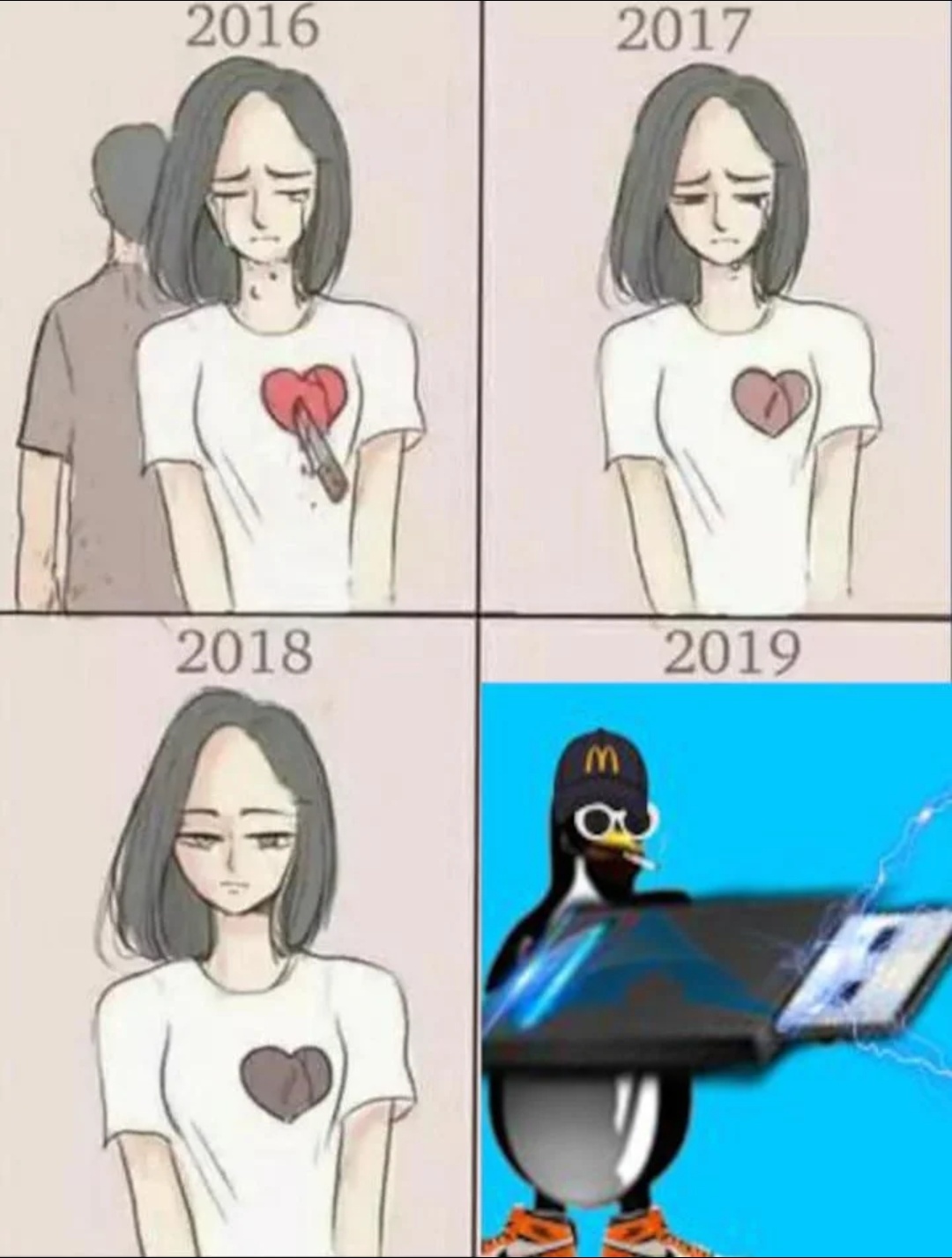Distro agnostic packages like flatpaks and appimages have become extremely popular over the past few years, yet they seem to get a lot of dirt thrown on them because they are super bloated (since they bring all their dependencies with them).
NixPkgs are also distro agnostic, but they are about as light as regular system packages (.deb/.rpm/.PKG) all the while having an impressive 80 000 packages in their repos.
I don’t get why more people aren’t using them, sure they do need some tweaking but so do flatpaks, my main theory is that there are no graphical installer for them and the CLI installer is lacking (no progress bar, no ETA, strange syntax) I’m also scared that there is a downside to them I dont know about.


It’s just a list of packages, and an optional flake to control the repositories (stable/unstable) and add packages from outside of the official ones.
To update everything nix related I just run:
cd ~/dotfiles/nix/ && nix flake update && home-manager switchI’ve only included a few packages from the actual list, but you can see how simple everything is. It just took me days to get to that point because the docs are really bad.
I use it to freshen up Debian packages. For example Debian docker is like 4 major versions behind the nix one, and it stopped being supported months ago.
Also, now that I’ve created the list from above, I can just run a single line to reinstall everything I need.